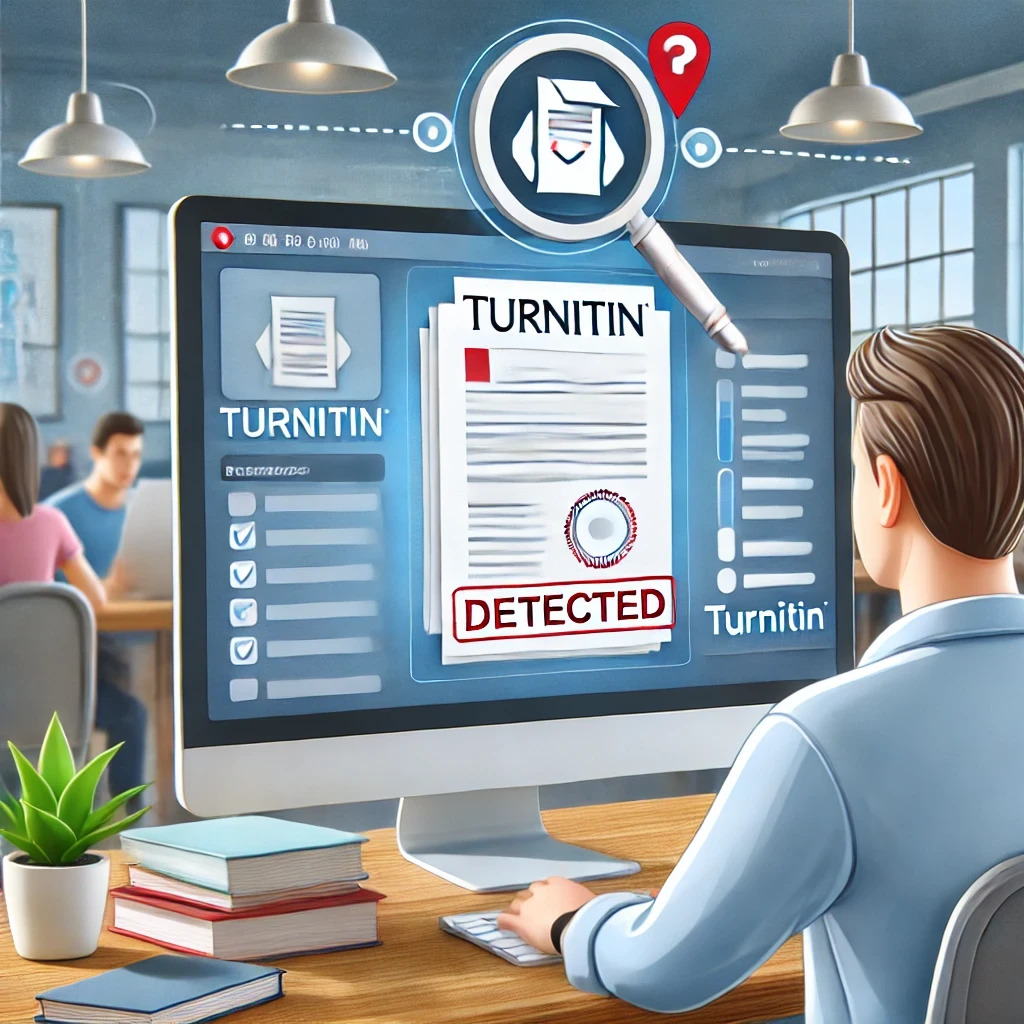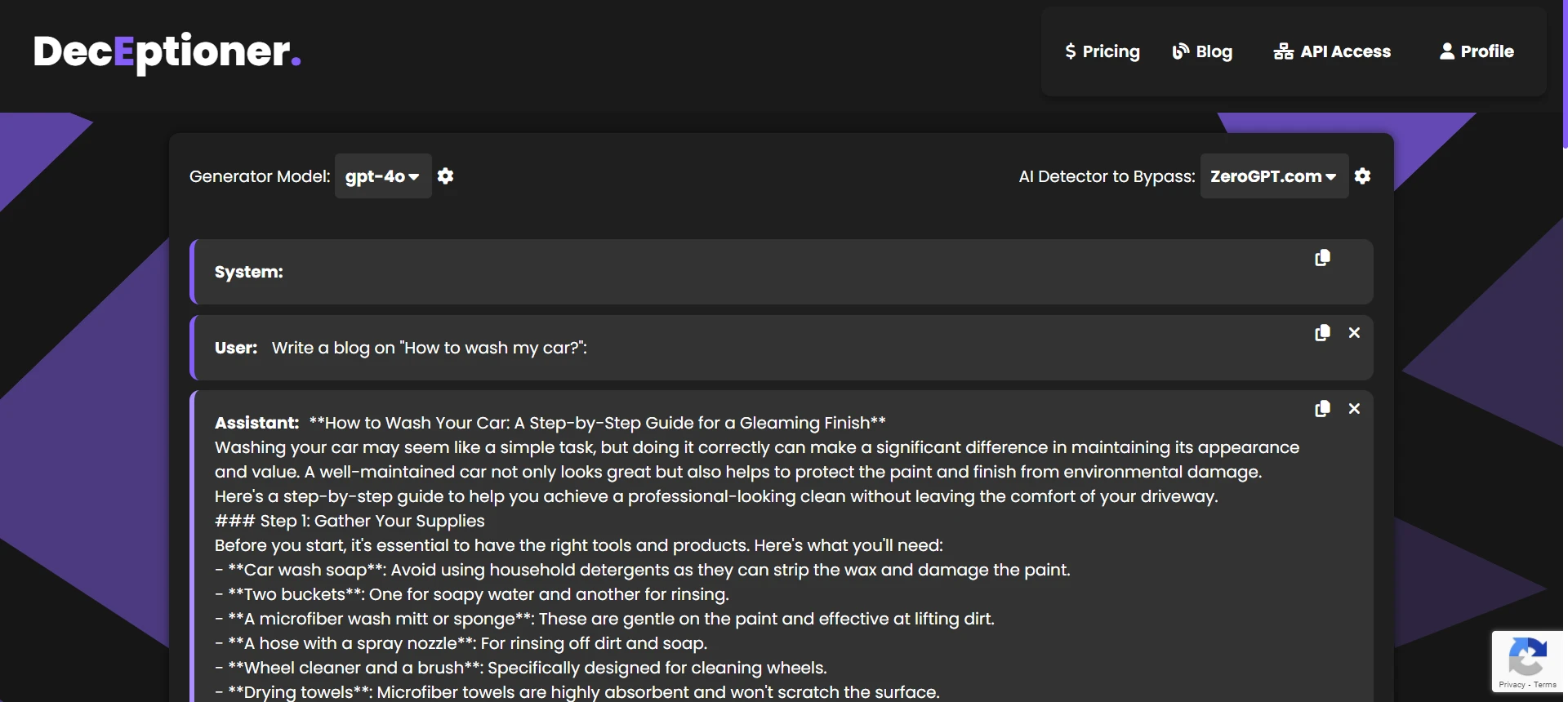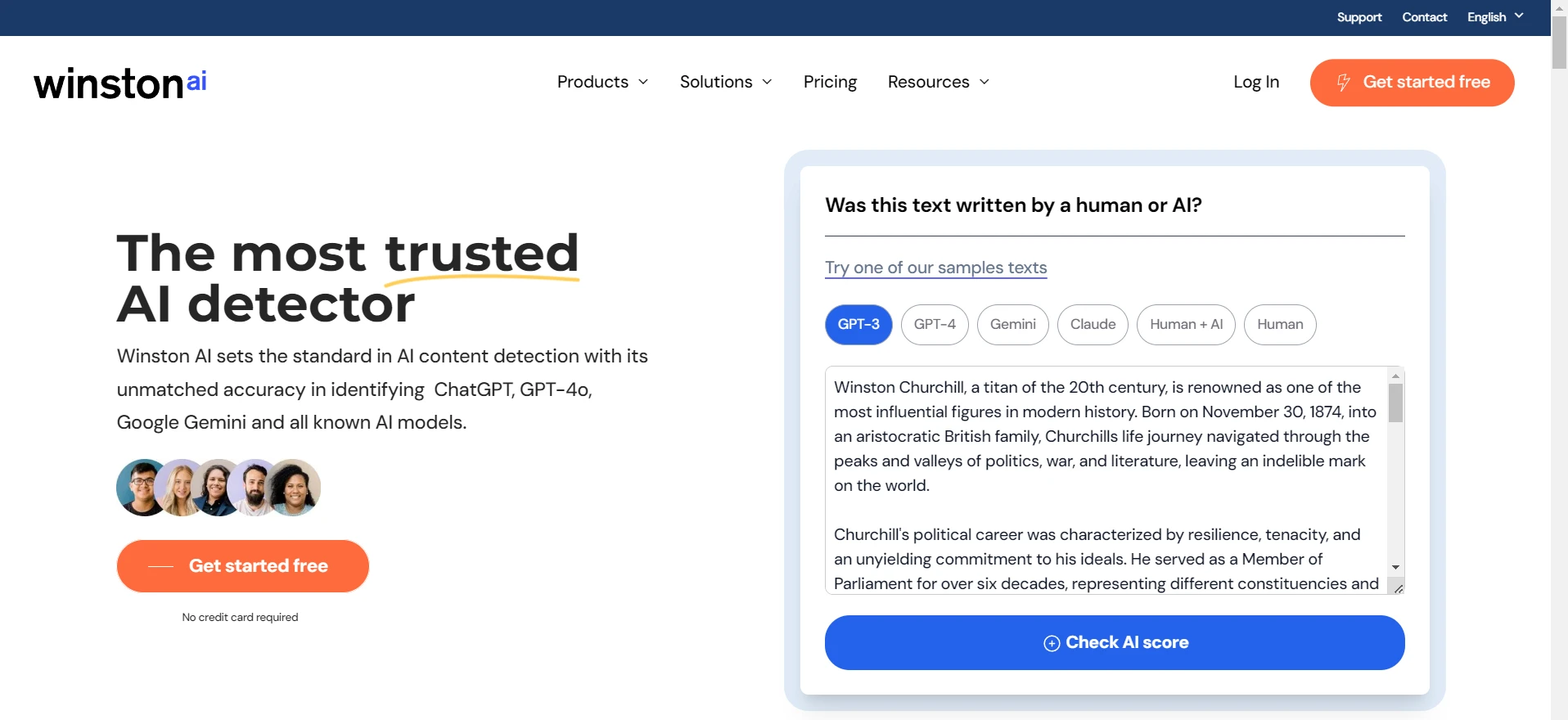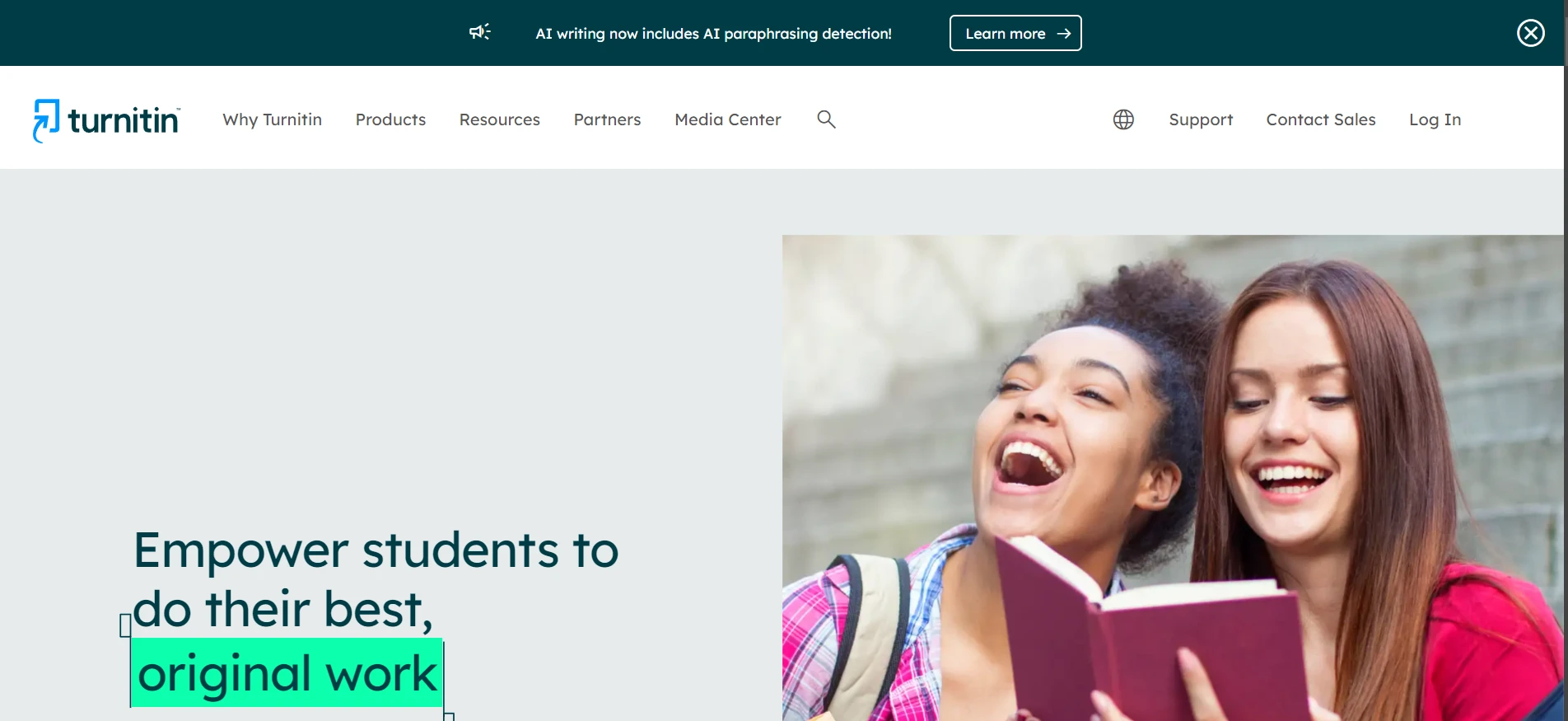As we all know it Turnitin gets pretty easily detect pdf files. However, is it the same for all types of PDFs? The short answer is YES. The longer answer is the devil lies in the details. Keep reading to know more about it.
Why does Turnitin detect PDF files?
The simple answer is just like any other text-based format, a regular PDF contains machine-readable text that Turnitin can crawl through. This means if you saved your Word doc as a PDF without altering its text layer, Turnitin will easily pick up on any plagiarism or similarity it finds, even though it is a PDF.
On the other hand, scanned PDFs (where pages are basically images) might not be detected accurately because they don’t have actual text that Turnitin can read. If it cannot read any text from your PDF, it won’t generate a similarity report. Hence, it can’t do its usual job of scanning and comparing it to other sources on the web, academic journals, and previous student submissions.
PDF is not made to bypass Turnitin
Many students assume that PDFs are basically a strong shield to hide plagiarism or AI-generated content. However, that assumption is flawed because PDF is a widely accepted format and is not at all meant to fool advanced detectors like Turnitin. It’s purely to preserve formatting, support images, or share documents across different devices.
Why is it easy for Turnitin to detect text-based PDFs?
Turnitin has a sophisticated system that can strip away fancy formatting from your PDF and look at the raw text. So, if you took a piece of work from somewhere else and just made it a PDF, Turnitin can still detect it pretty easily. Once it finds some matching patterns or sentences, it flags them in a color-coded similarity report.
Types of PDFs that Turnitin might fail to handle
Apart from typical text-based PDFs, you have these “image-only” PDFs that are usually created by scanning a physical document or turning the entire page into a big image. Turnitin has a hard time reading those because it cannot select any text or break it down for analysis. The same goes for PDFs that come with embedded files or weird portfolio structures sometimes Turnitin gets confused by those. But that often results in total rejection of the file because it simply can’t process it properly.
Which PDF converter is made to do this task?
Similar to how Quillbot or Wordtune exist for rewriting text, there are PDF converters for compressing or merging PDFs, but none of them specifically exist to fool Turnitin. They do not bypass Turnitin’s detection. So, if you think converting your doc to PDF using some fancy tool is going to hide your plagiarism from Turnitin, you’ll be disappointed. They are not meant to accomplish this task.
Why it’s important to keep your PDF machine-readable?
Turnitin is used by many universities worldwide. They require a PDF with selectable text mainly because it speeds up the grading process, plus the similarity report is generated quickly. If your PDF is just an image, the teacher or professor might ask you to resubmit it because they can’t run an originality check on your assignment. It’s also convenient for them to add comments or highlights to a machine-readable PDF.
Frequently Asked Questions
Q1. Does Turnitin detect PDF files?
Yes, Turnitin will easily detect any PDF that has selectable text. You may get flagged if it matches any existing content in its vast database.
Q2. Can I still get a similarity report with a scanned PDF?
You won’t receive a typical report because Turnitin won’t be able to read the text. It might outright reject the submission or process it in a way that yields no usable results.
Q3. Is it okay to upload bigger PDF files?
Yes, but keep in mind that Turnitin does have file size limits set by institutions. Usually, it can handle large PDFs, but if your file is massive or has hundreds of pages, it could be rejected or take a long time to process.
Q4. Will Turnitin detect if I copy from online sources and paste into a PDF?
Absolutely! If the text inside your PDF is exactly copied from online sources, Turnitin is almost certain to flag it. The system doesn’t care about the file extension as long as it can read the text.
Q5. Is PDF a safer bet than Word doc for bypassing Turnitin?
No, not at all. If your text is machine-readable, Turnitin can detect similarities regardless of whether it’s in PDF or Word doc format.
The Bottom Line
Turnitin is a powerful tool that can detect plagiarism or similarities in PDF files just as effectively as in Word documents, provided the PDF text is machine-readable. If your intention is to fool Turnitin with a PDF, you’re probably out of luck. Instead, focus on writing original content and properly citing your sources. That’s the key to not getting flagged and it’s what academic integrity is all about.


![[G0] Can GPTZero Humanize AI Text?](/static/images/can-gptzero-humanize-ai-textpng.webp)
![[HOT TAKE] Why is ZeroGPT so bad?](/static/images/why-is-zerogpt-so-badpng.webp)
![[DIRECT] Best Affordable AI Humanizers (That Still Work in 2025)](/static/images/best-affordable-ai-humanizerspng.webp)
![[HOT] Can You Compare ZeroGPT With Other Top Tools?](/static/images/can-you-compare-zerogpt-with-other-top-toolspng.webp)





